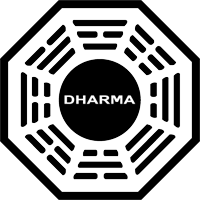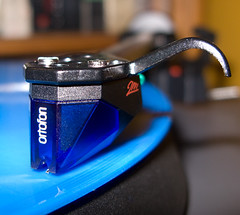matt49 said:We like to talk about our preferences as if they were fixed and immutable, as if we could always reliably say “this is what I like” and as if those preferences wouldn’t change.
I think very few people, if they’re honest with themselves, can say either that their preferences are unchanging or that they can reliably and confidently say what their preferences are.
So while in the end it is all about preferences (what's the point if you don't enjoy it?), it’s very helpful to be able to refer to an objective yardstick (where such a yardstick exists). If for nothing else, an objective yardstick can be useful for keeping us honest about what our preferences are.
Well, I do not agree. Musical tastes. yes, they are a matter of preferencies, then there are few technical points that have to be made clear when we talk about audio formats and quality.
Why people listen to digital music in form of files do use a DAC? Simple: it need the best possible conversion between digital and ANALOG.
Also CD players do have DAC inside: becouse they also need to translate the 0's and 1's to ANALOG
Why this? Becouse the most part of amplifiers are ANALOG equipment and those Digital (class D) also do have internally a DAC to convert digital to ANALOG.
And what about hi-fi speakers? Yes, they are ANALOG and this is the reason becouse we all need all this equipment to translate our modern digital music to ANALOG, becouse our speakers are a ANALOG piece of equipment, so no ANALOG translation, NO music.
Said so, now why a vinyl listening chain composed by a turntable, a pickup (all ANALOG equipment), a stereo amplifier (in class A/B, so ANALOG) and finally a good pair of speakers (ANALOG equipment them too) sound better, undoubtfully better of any digital music IF the source is an ANALOG recording made with an ANALOG BOARD on an ANALOG tape? I don't think it is needed I write the answer it is sooo obvious... It is ANALOG to ANALOG, no frills, no need of conversion, pure sound quality.
If you want to talk about a hi-fi recording of an acoustic instrument like an acoustic guitar, an electric guitar, a violin, a piano, a punping organ, a drums, there isn't still a better way to record them than ANALOG boards becouse 0's and 1's are simply still unable to correctly record an ANALOG instruments. I'm a musician, I play electric and acoustic guitars, bass, piano, organ and pretty much everything it come in my hands, and I've never been able to properly record my instruments on my Hard Disk. I still record them on tape, and like me very many professionals, simply becouse it is better some little hisss from the tape then a metallic sound with no heart (and simply not similar to how a guitar or a piano really play). I can't even record my vintage and beloved Voxx guitar amps over digital, becouse it simply sux big time! Then this is another story, not too much tho.
Then modern technology, computers, information society pushed us on the digital side, but this doesn't mean that is the right way to go: digital is for sampling electronic instruments, restore old registrations and not much more, if we look for something called HIGH FIDELITY.











